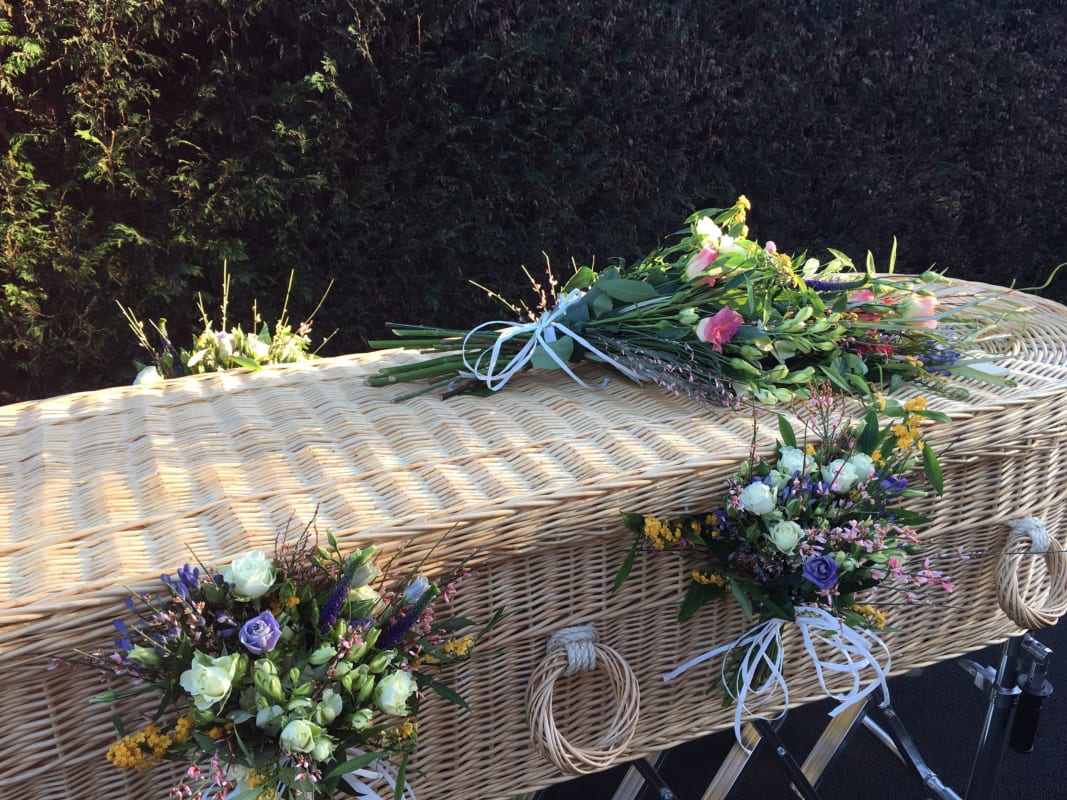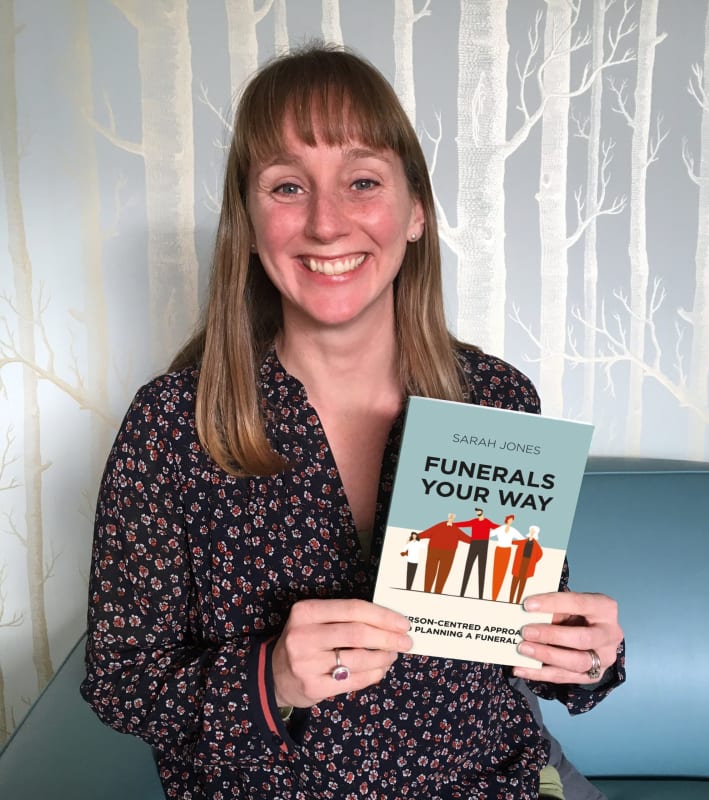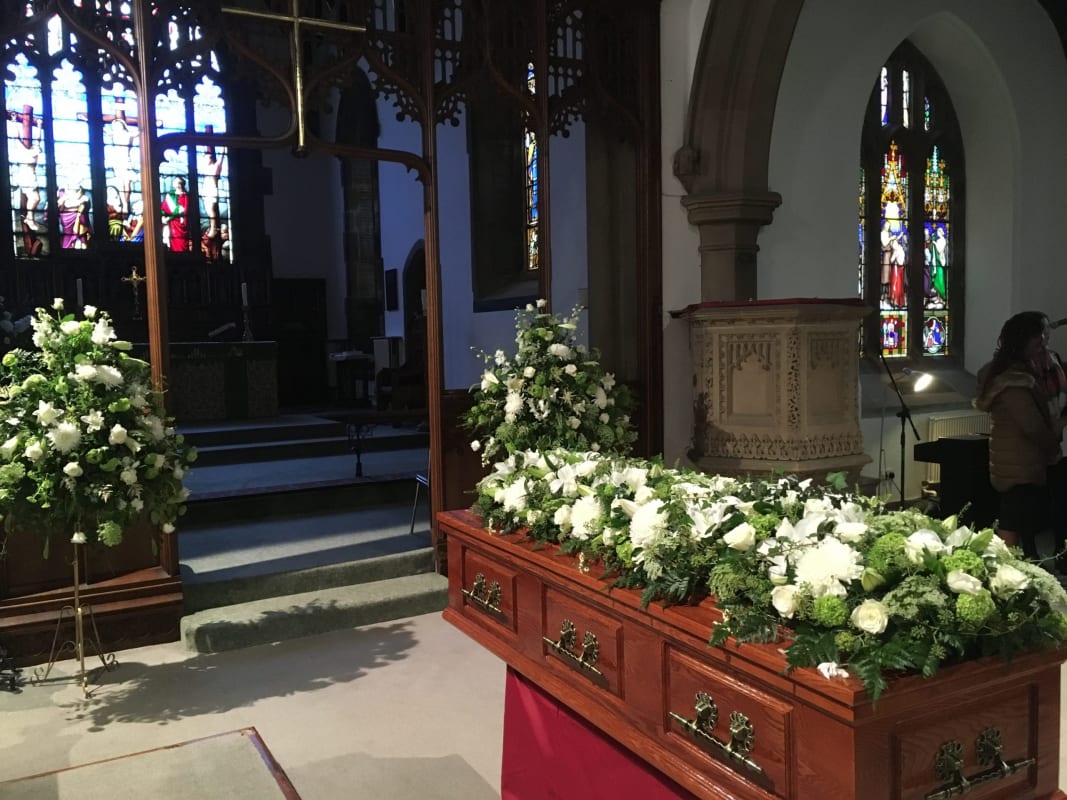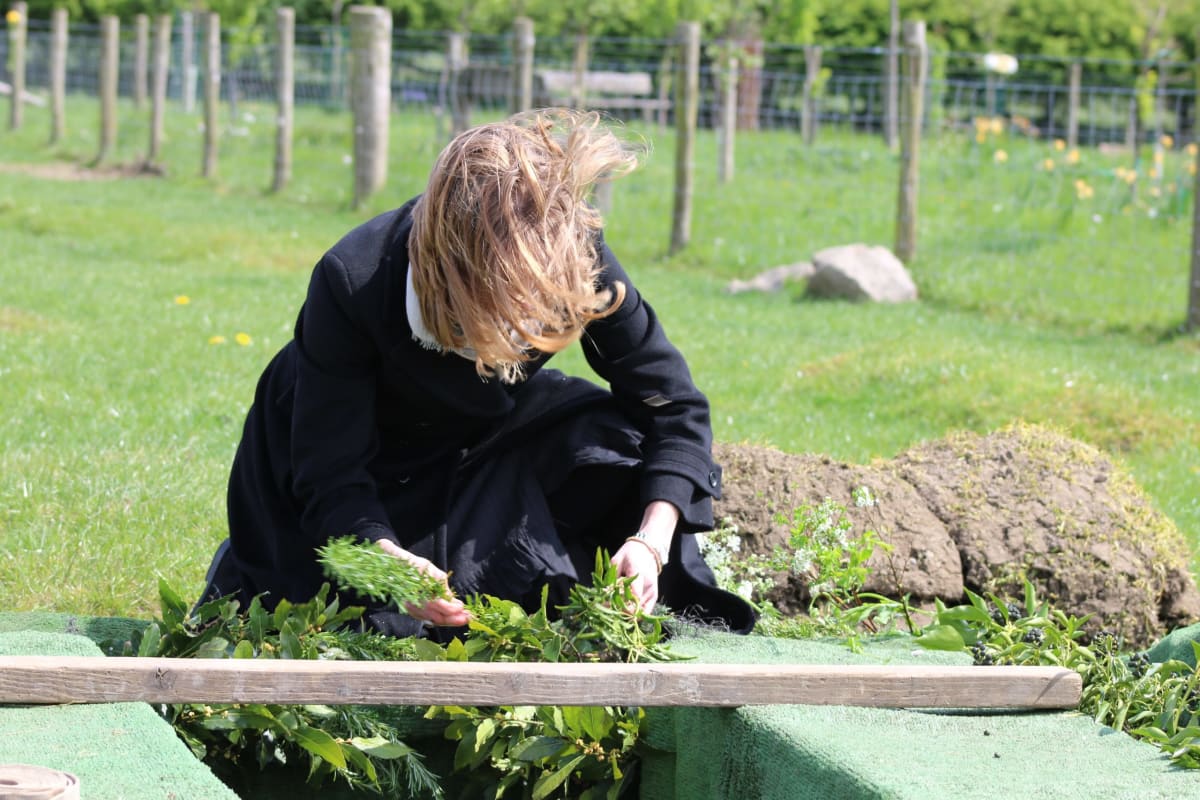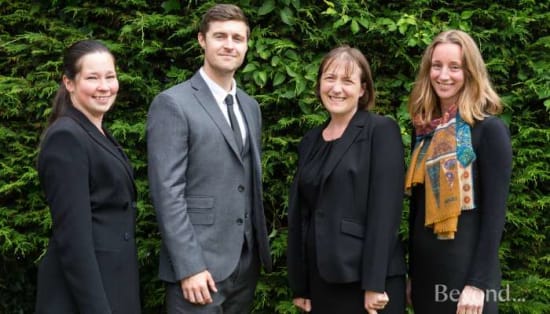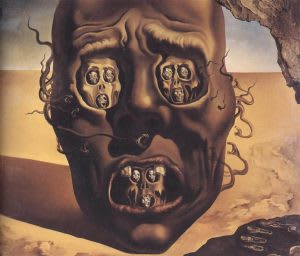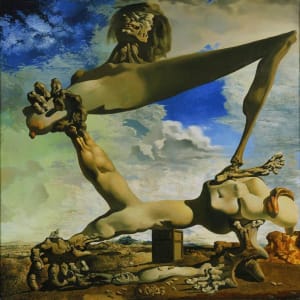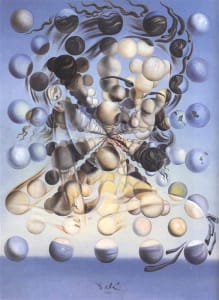
The term ‘morbidly fascinating’ is one that we use often and apply to a great many things – both to people and to phenomena. It’s probably also the most succinct and suitable description available for four of our favourite museums.
The Hunterian, the Morbid Anatomy Museum, Bodyworlds and the Museum of Mummies all tackle the issue of death in a different way – whether it’s in terms of preservation techniques, anatomy or artistic representation – and are some of the most interesting and perhaps controversial museums in the world.
While many of the exhibitions may not be to everyone’s taste, they provide us with an opportunity to face death and to recognise the fact of human mortality in a visceral and unflinching manner, while often teaching us a great deal about the human body, societal attitudes towards death and our own ability to talk about the issue. Here we take a look at what makes each of the four museums worthy of a visit.
Hunterian – London, UK
Often referred to as ‘the weirdest museum in London’, The Hunterian is based in the Royal College of Surgeons near Holborn and contains a fascinating array of anatomical specimens. Centred around John Hunter’s large collection of skeletons, skulls, organs and diseased body parts, over the years the museum has expanded its collection to include surgical instruments and anatomy tables. It has developed a large and loyal following, most of whom appreciate the free entry and weird and wonderful exhibitions always on offer.
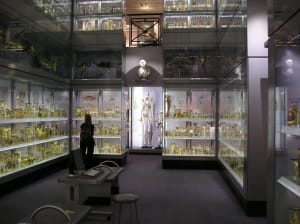
While it has its origins in the government purchase of the famous scientist and surgeon’s specimens in 1799, the Hunterian has made a number of important acquisitions over its lifetime, most notably in its odontological department and with Richard Owen’s natural history collections. It is home to the skeleton of the famous ‘Irish giant’ and the historically important Evelyn tables and the museum has committed to the development and renovation of the building in which it is housed.
In May 2017, the Hunterian closed for a three year period in order to perform necessary repairs and modernisation works. It is scheduled to reopen in 2020.
Find funeral directors in London.
Morbid Anatomy Museum – Brooklyn, USA
Located in Brooklyn, New York, the Morbid Anatomy Museum was the brainchild of Joanna Ebenstein and Tracy Hurley Martin, two individuals who discovered they shared a passion for the macabre and morbid and decided to act on it.

While the idea was first realised as a blog and then a library, it finally became a fully-fledged museum space in 2014, complete with lecture space, café and shop. Dedicated to the strange and surreal, the museum houses a collection of death related curiosities and exhibits ranging from Victorian taxidermy and preserved insects to antique medical contraptions.
The Morbid Anatomy Museum hosts regular death cafes. For more about death cafes, check out our piece.
Bodyworlds – Berlin, Germany
Though going to visit a museum exhibition curated by someone commonly referred to as ‘Dr. Death’ may not seem like everyone’s idea of a great day out, the Body Worlds permanent exhibition in Berlin’s Menschen Museum has attracted an incredible number of visitors over the last few years.
The museum has attracted its fair share of controversy (it faced a court battle over the legality of its displays in 2014), but it has also become one of the most famous anatomical exhibitions ever, bringing enthusiasts to Berlin from all over the world.
Consisting of 20 human bodies, each posed in a different position and performing various activities and tasks, Body Worlds is famous for the way each of these models has been skinned and preserved, revealing all of the internal detail we never get to see, from the capillary structure to the musculature. While not for the faint-hearted, Body Worlds provides us with a fascinating glimpse inside the human body, both in life and death.
Museum of Mummies – Guanajuato, Mexico
With over 100 mummified bodies on permanent display, the Museum of Mummies in Guanajuato, Mexico, is often labelled the most morbid museum in the world. While some minor embalming techniques were used to prepare the bodies, it’s actually the climate of the region that causes most of the mummification process, meaning the museum doesn’t have to go far to find its exhibits. In fact, nearly all of the mummies on display have been disinterred from the cemetery next to the museum and include a diverse array of individuals, including infants, Inquisition victims and criminals.


